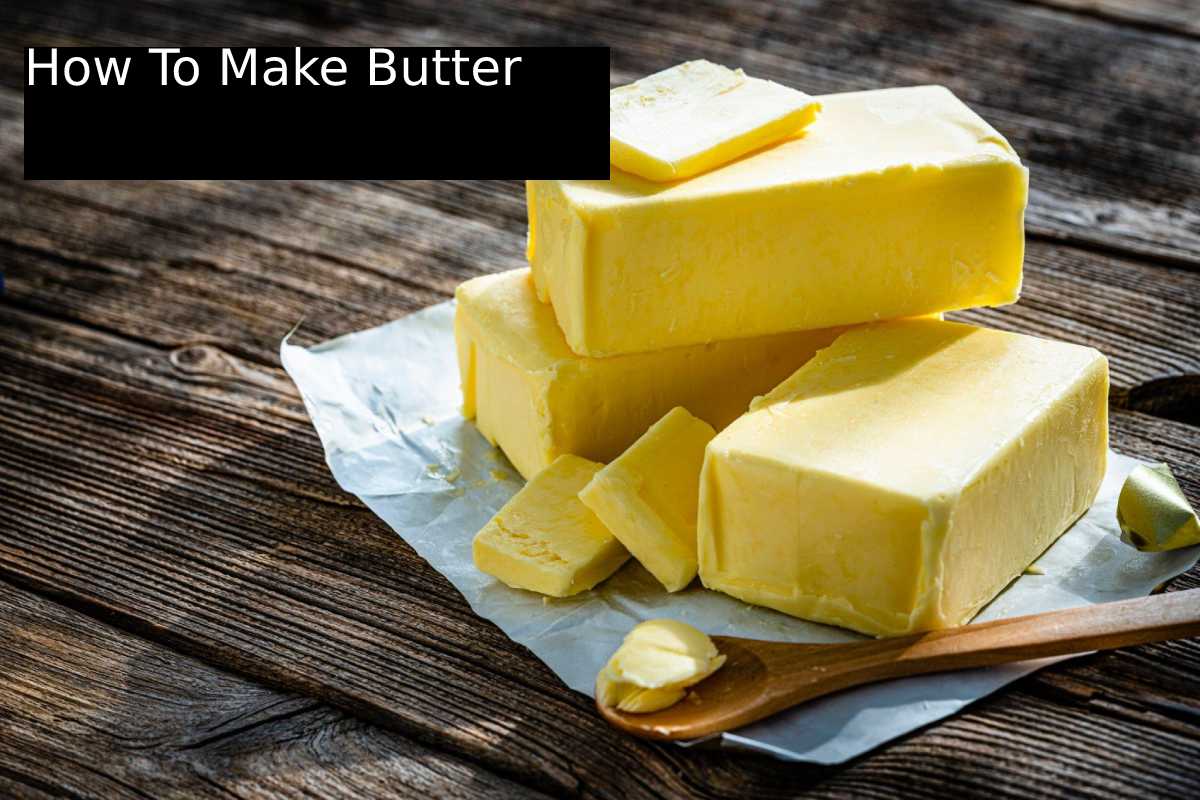Butter
How to make butter ghee for cooking and baking. A step-by-step guide to the butter fining process to produce a richly flavored oil with nutty and caramel flavors.
What is ghee? A staple of Indian cooking, this specially prepared clarified butter is traditionally made by slowly cooking the butter until the water has evaporated and the milk turns a light brown color. The butter fining process produces a richly flavored butter oil with nutty and caramel flavors.
It has become a popular oil for people with mild dairy sensitivities, Paleo diets, and the Whole30 program because it removes most of the lactose sugars and casein proteins that can cause health problems. Grasses, pastures, and high-quality organic butter are recommended for these diets. How to make ghee
Clarifying butter removes milk solids such as proteins, carbohydrates, vitamins, and minerals, with the exception of fat-soluble vitamins. Butter consists of milk fat (at least 80%), milk solids (about 1%), and water (16 to 18%).
To successfully make ghee, the process begins by simmering the butter at 221-244°F to evaporate the water. The temperature is then raised above 266°F for the lactose, casein, and whey proteins to go through the Maillard reaction.
Browning the milk solids adds wonderful toasty flavors infused with the butter oil. To avoid burning the milk solids, the butters should not reach its smoke point of 350°F. You can use an prompt read thermometer to check temperatures more accurately.
Here Is The Step By Step Guide To Make Ghee:
STEP 1: Melt The Butter
Use a heavy-bottomed skillet, dutch oven, or stainless steel skillet to prevent the milk solids from burning quickly. It’s best to cut the butters into lesser pieces so it melts evenly and the solids brown evenly. Apply average heat to melt the butter, then reduce to medium-low to simmer.
STEP 2: Separate The Solids And Dispose Of Them
Once the butters is totally melted, it will bubble and begin to detached. As the[ butter] simmers, nearly of the milk proteins will rise and settle to the surface as they separate from the fat and water.
Use a spoon to take out and discard any white solids on the surface. This process will take some time to clean out the [butter] oil, so keep removing solids. [Butter] is made here. The remaining steps impart a toasted nutty flavor to the ghee.
STEP 3: Allow Remaining Solids To Settle
Once most of the milk objects have been detached from the top of the butters, here will be some white solids left on the bottom. Leave them on to allow for additional heating and deepening of the color from the Maillard browning reaction, creating caramel-like flavors.
Step 4: Fry The Butter
Continue cooking the butters over medium heat. Be cautious not to take your eyes off the [butter]. It quickly begins to turn a golden color with amber-brown solids on the bottom of the pan. When you see this change and smell the caramel flavors, it’s time to turn off the heat and eliminate the pan from the heat.
STEP 5: Strain The Solid Brown Butter
Let the ghee cool down a bit for about 3 to 5 minutes. Line a fine mesh strainer with at least a triple layer of cheesecloth. Set the lined strainer over a heat-resistant container, such as a glass measuring cup. Carefully pour the [butter] oil through the strainer, the brown solids should collect on the cheesecloth.
Also Read – Anemia – Tips To Increase Hemoglobin

